Ezinne Udezue is a Partner at ProductMind and an accomplished product leader and executive. She began her career in systems engineering at Nokia and Motorola before transitioning into product management at T-Mobile, where she spent ten years across messaging and brand experience, service innovation, loyalty and churn, and more. She’s worked in and consulted for B2C and B2B companies across retail, entertainment, and media (NYPR, Time Inc., and Discovery).
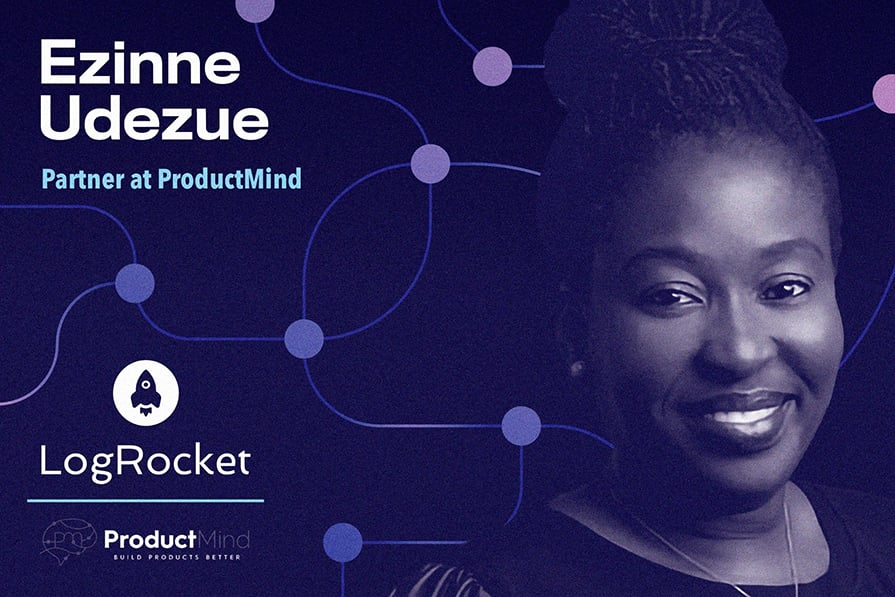
In her 25-year career, she’s led platform teams and new product development, and scaled existing businesses. Most recently, she served as VP of Product and GM at Procore Technologies and CPO at WP Engine. Ezinne also co-authored and released a book this year, focused on the fundamentals of product management and scaling products alongside her husband, fellow product leader Oji Udezue, called Building Rocketships.
In our conversation, Ezinne discusses how she developed a passion for customer listening and shares examples of times when customer listening played a vital role in shaping product and company strategy. She talks about how customer listening is more about “gathering feedback and insights — without asking questions,” and emphasizes ways to link these insights into measurable business outcomes.
Customer listening means continuously gathering and interpreting customer feedback from the various places customers talk about your product. This doesn’t just mean customer interviews — it also encompasses product reviews, sales conversations, and social media. Customer listening is about natural, unprompted conversations, and you have to interpret these discussions and use them to better improve and evolve the product experience.
In product management, there’s a strong focus on customer discovery, which is totally important. Oftentimes, with customer discovery, you lead with a question. You’re trying to understand a particular workflow or problem that a customer has. You’re going in with intent, but customer listening is the opposite — it’s gathering what people have to say even when you’re not asking a question.
You typically can’t build a strategy on customer listening, but you can refine it and generate nuanced angles and unique value propositions from insights you get from listening.
I love support calls because that’s where so much customer frustration lies. By the time a customer is calling you, something is wrong on their end. We put a lot of weight on customer support calls, even though they’re almost always about the existing product. With these calls, you can go from a used product to a loved product. However, if I’m trying to evolve the existing product, I can’t use these support calls as the only source for feedback.
When I’m looking at expanding the product or the offering, I love listening to sales calls. Many times, prospects will ask questions that help you understand the boundaries or limitations of your product with respect to the problems they have. From there, you can think, “OK, is this a problem I want to solve, or a workflow that I can modify my product to address?” I can then figure out if this is something the majority of my customers would want and if this is the right way to evolve or transform the product.
Definitely. Recently, at WP Engine, I was excited about modernizing our user experience. I had joined as the CPO, and this was one of the first times we were going to invest in pure design. The focus was simple and powerful — everyone within product loved this new focus. We had designed our features in this beautiful, elegant, clean experience with very clear CTAs and tons of white space. We had done so much research and were so sure that it would go well..
I had previously put a product feedback tool called Canny into place at WP Engine. When we launched, we immediately got feedback through it that there was too much white UI in our product. Developers hate light mode, and we had failed to even provide them with an alternative (dark mode). It was such a shock for these users because they were used to working in their command line CLI screens in dark mode. Developers are the product’s core users, yet we were giving them an experience that they hated.
In hindsight, it was something we shouldn’t have missed…but we did. We would have eventually done dark mode after a few iterations, but having the method in place to listen to customers early was crucial. We were causing angst for our developers, and we were able to add it to the top of the list of things we needed to fix quickly.
In the Pro Edition of the Building Rocketships book, we also share customer listening case studies from Oji’s time at Typeform and Calendly. Every business is different, so it helps to learn from multiple examples.
Many years ago, I worked for T-Mobile USA. The telco market was extremely saturated, and T-Mobile was number five in the industry at the time. I got invited to be part of a project called Brandstorming. T-Mobile wanted to change its brand, to rethink and shape the market. During this session, we paused and asked ourselves, “What is it that customers hate about cell phones, phone plans, and our industry?”
We then worked with an outside firm to collect all the feedback we could about what people did not like about T-Mobile, our competitors, and the experience with our industry at large. We put a playbook together based on that feedback, with our focus on addressing as much of the pain and changing people’s perspective on us. T-Mobile was going to be customer-first and people-first.
As it turns out, customers hated contracts. They hated that they were locked in and that they had to pay per minute. So, T-Mobile chose to become a challenger in the market. They created something called the Challenger strategy, and even though I left before it was fully executed, I watched how that playbook took T-Mobile from position five to position two in the marketplace. They canceled contracts and per-minute pricing, and scrapped everything that customers hated. T-Mobile ended up standing out as the true challenger in the marketplace. They canceled contracts, per-minute pricing, discounted phones with lock-ins, and did as much as possible to scrap everything that customers hated. T-Mobile ended up standing out as the true challenger in the marketplace.
This experience was one of the things that made me fall in love with customer listening. It gave me so much conviction about what it means to understand customer pain points. If you have the boldness to go after those customer frustrations, it could actually change your strategy and bring you from #5 to #2 like it did for T-Mobile.
Every company I’ve been at has approached this a little differently. The most important thing is to gather feedback. At a high level, everyone starts with gathering feedback and collecting data. I don’t stop there — I focus on weighting and scoring it. My goal is to figure out which data/feedback source is most important before I continue.
Before AI became what it is today, I would usually use open source, natural language processing tools to synthesize the data. There are tons of sentiment analysis and NLP tools out there, so we would manually push the data, assign it weights, and use Excel spreadsheets as needed. The third part was the human review — the context, the decision-making, and deciding what to do about it. Last is implementation. Then, we rinse and repeat.
I specifically have a deck I present called “Customer listening: turning signals into winning products,” in which I break this process down into a framework called LiSA. The “Li” stands for listening, which is gathering the data, figuring out who you want to listen to, why it’s important, and what matters. The “S” is for synthesizing, both using a computer and human judgment. Last is the “A,” which stands for acting. This is where you take action and also build a feedback loop. These three buckets have helped me with this process for years.
With AI, it’s still the same steps in the process, but it’s more powerful and happens even faster. I’m personally excited about the fact that we have LLMs that ingest a lot of data, aggregate it, and synthesize it. You can play around with data in ways we could never before. It’s so hard to believe that just eight years ago, I was doing all this work in Excel spreadsheets at Bazaarvoice. Several tools, even beyond ChatGPT and Claude, make this so much easier.
With AI, there’s so much more of a focus on creating software than ever before. As product people, we actually risk building nonsense and becoming a feature factory. Developers can build so quickly now, and their tools can help them refine the software, but oftentimes, we see them polishing the software, not the solution. This is where the human aspect is so important. Even when you have these LLMs, human synthesis, context, and judgment are so crucial.
The very first principle we cover in Building Rocketships is called “sharp problems.” This is the idea that even the best products will fail if they don’t solve an acute, painful problem in their customers’ lives. AI may help you build faster, but identifying sharp problems is still a human judgment challenge. Active customer listening will help you uncover these sharp problems, even before customers explicitly tell you about them. We also share a few very specific ways to leverage AI to do customer listening with tools like Sauce.ai, Insight7, and Enterpret. These are just the ones I have experience with, there are so many more.
A lot of it comes down to our knowing truly what our strategy is. Who do we want to serve? Which problem of theirs do we want to solve? We want to make sure our ICP is prioritized, remember their core problems and what we’re solving for, and ensure that it’s still a sharp problem to solve. Many things annoy customers in their workflows, but the components that take efficiency away from them are the most damaging and, hence, important to solve.
I coach my team to make sure they are grounded in the customer, the problem, and the business. Perhaps not a very popular thing to say — product people sometimes forget the business goal altogether and say, “Just focus on the customer and everything will work out.” That isn’t always true. Not every problem solved is profitable in the long run.
For example, say you’re listening to sales calls and hearing about a commonly occurring problem, but the calls are from the wrong customer profile. It’s really important that you flag this problem, but note that this particular profile is not your core audience. And if sales continues to hear customers mention this issue, you can raise it and see if it will apply to your core audience as well. As a PM, it’s important to stay clear on these three components — the customer, the problem, and the business — and balance them intelligently.
Another is “Stay sharp like startups do — think about how you have to pay to be around.” When profitability is important, wearing a pragmatic hat is key. This helps my team focus on the right things, separate noise from signals, and cut back on overbuilding. Not the best stance when you need to transform or innovate, but not every team has to be working on the newest thing — some teams are simply evolving their existing product and ensuring they are serving their customers in new ways.
The “acting” component of LiSA is all about being able to incorporate feedback and create a feedback loop. That loop includes linking that change to outcomes. That’s a really critical aspect and a place where your engineering team can help you.
No engineer wants to work on a product that isn’t impactful, so if you, as a product person, can get their buy-in, you can work together to show how that behavior is changing and driving the outcome you want. Then, once you get your developers bought into this idea of visible value, it becomes so much easier to show the rest of the organization that you made a change and saw results.
With the WP Engine redesign example, we saw longer sessions once we made the change to a dark UI. You could see people staying in the application — they weren’t switching off to go to the CLI prompt. They were retaining and using our user experience versus bouncing back and forth like before. We had to specifically look at session lengths and conclude that a longer session truly matters in this scenario. Developers were making our product their home and using it as a development tool. We were able to tie that to retention, which was really important.
The other piece is that happier customers don’t call as often to customer care. You can take a cohort of sessions and look to identify if people are able to find their way around without needing extra help. If they’re doing that, you can potentially show that those who don’t call often don’t churn. That may not always be the case, but the point is to find what you’re driving toward and tie it back to observable customer behavior.
Reddit was my secret sauce at WP Engine. People turn to Reddit for honest conversations, and I found a lot of great feedback about our product and company there. On a macro level, one important lesson I learned came from Procore, which is a construction software platform. A lot of the people at the company didn’t have a construction background, but a handful did, so we created a Slack channel of construction experts.
I found that the more you can create a product council, even if it’s just made up of internal folks who came from the industry you’re solving for, the better source you can have. If you’re in real estate, this means having people to rely on who’ve been realtors before. And if you’re in FinTech, people who’ve actually worked in finance. In fact, they can be external stakeholders or customers as well. If you can just bring them to the table or create a place/destination where organic conversations can happen, where folks can help each other and ask questions, that is immensely valuable.
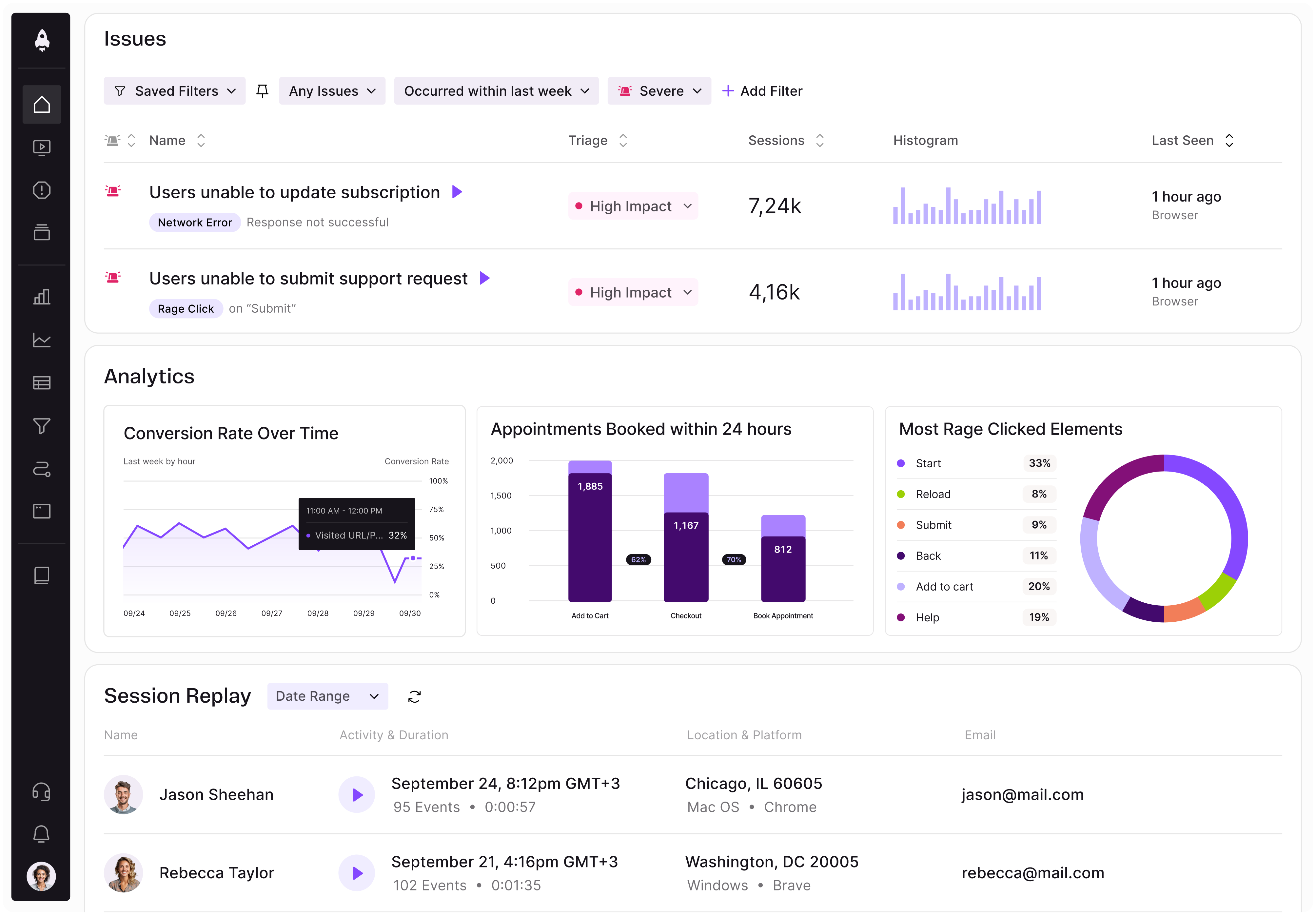
LogRocket identifies friction points in the user experience so you can make informed decisions about product and design changes that must happen to hit your goals.
With LogRocket, you can understand the scope of the issues affecting your product and prioritize the changes that need to be made. LogRocket simplifies workflows by allowing Engineering, Product, UX, and Design teams to work from the same data as you, eliminating any confusion about what needs to be done.
Get your teams on the same page — try LogRocket today.
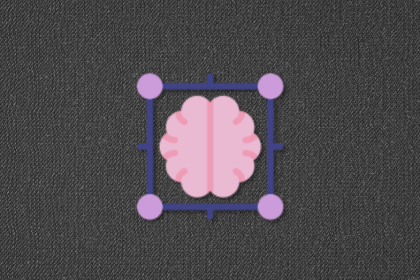
A practical framework for PMs to use AI in ideation without sacrificing judgment, strategy, or decision quality.

A practical five minute revenue estimation method to help product managers compare ideas, drop low impact features, and prioritize smarter.
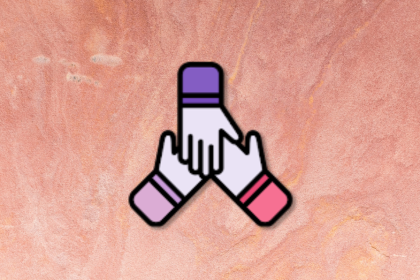
A practical guide for PMs who want to stop being bottlenecks, delegate smarter, and lead teams effectively with a clear ownership framework.
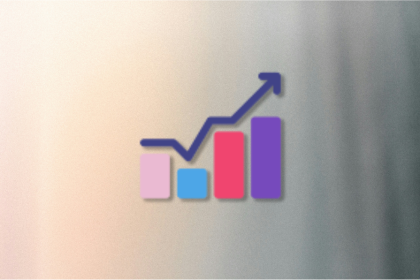
Stop letting unreliable data block features. Treat data as inventory to track quality, ownership, and ship with confidence.